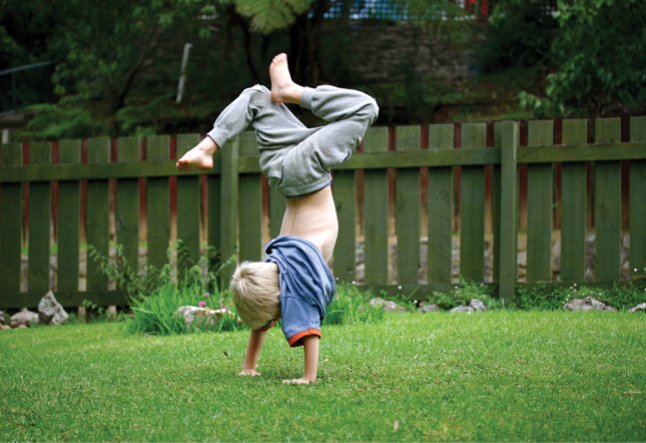yoga for children

How children can benefit from practicing yoga
“Roar like a lion,” “slither like a snake,” “shine like the sun” are just a few of the instructions you may hear in a children’s yoga class.
Engaging children in meaningful, mindful, and active play is an excellent means by which to introduce them to this ancient practice of self-study and transformation.
According to the Vini yoga teaching tradition, an approach based on the teachings of T. Krishnamacharya, one’s life is divided into three stages. These stages correlate to the movement of the sun: sunrise corresponds to childhood, midday corresponds to midlife and the setting sun symbolizes old age.
In classical Hinduism, this first stage of life, Brahmacari, is marked by chastity, devotion, and obedience to one’s guru or teacher. This period of study generally begins at age eight – when a number of physiological and psychological developmental milestones are realized – and includes lessons in the liberal arts, ethics, and social skills.
Children (primarily boys of the three highest castes) learn their first yoga postures, Surya Namaskara, a sequence of poses honoring the sun and the Gayatri mantra, a prayer praising and appealing to the sun to illuminate the intellect; it is the most sacred prayer in the Hindu religion.
Focusing on asanas in the early years
The sunrise period marks the first 28 years of life. During this period, yoga practice is adapted to promote the development of a healthy body, sound mind, and honorable character; this methodology of practice is called Srstikrama.
Emphasis is on the practice of postures or asanas, for they support the growth of a strong, supple body. Some asanas, such as mountain pose, tree pose, and lotus pose, are inspired by the natural world. Many are inspired by animals, such as downward-facing dog, cobra, and cat. There are even a few inspired by insects: butterfly, firefly, and locust.
During class, children get to move and explore their bodies; their branches sway in the breeze, their tails wag in delight and their bright wings flutter. Children are naturally curious about the world around them and their part in it; it is no wonder they take so quickly to yoga.
Alignment and discipline
During this period, precise and proper alignment and meticulous performance of the asanas are stressed. This cultivates attention and discipline as well as “physical potential in body and breath,” states Gary Kraftsow, founder and director of the American Viniyoga Institute.
Kraftsow explains the importance of alignment, when developmentally appropriate: “Alignment is a pretext to create mental qualities while getting physical benefits. Emphasizing alignment is a means of developing the capacity to listen, follow instructions and strengthen will and intention, as well as the body.”
Preparing for pranayama
Therefore, asana practice also serves to train and prepare the mind for pranayama or breath control and meditation. Pranayama becomes the emphasis of practice in the midday stage, while mediation becomes the focus in the sunset stage.
This is not to say that children should not be introduced to pranayama or meditation when ready and willing to learn. Breath awareness exercises include “wiggling your nose like a bunny,” “buzzing like a bee” and “roaring like a lion.” Simple pranayama exercises such as lengthening inhalation and exhalation may be introduced in adolescence; breath retention and suspension may be introduced to young adults.
Meditation as a story
Meditation is introduced through guided relaxation exercises and stories. Stories that take children to enchanted gardens, under the sea, and into their hearts. This is the beginning of meditation; it is listening carefully and being still. Improved memory, focus, and concentration result. Relaxation exercises also alleviate tension and stress.
In addition, Srstikrama is a time for instilling values, moral principles, and developing character. A number of yoga asanas are named for Hindu holy men and sages. They embrace yoga’s principles of nonviolence, truthfulness, friendliness, and compassion.
In essence
Adapting yoga for children requires imagination, creativity, and a playful spirit as well as an understanding of their physical, emotional, and social development. Children should play in the morning sun.
There is plenty of time left in the day for sitting still!